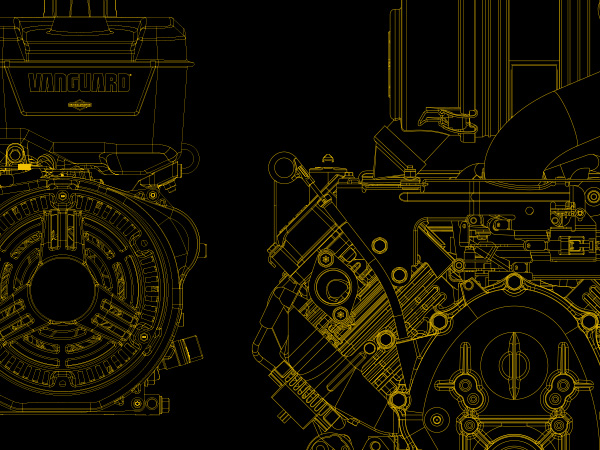Preparing Your Turf Equipment for Winter

Winter can be a challenging time for turf management equipment, with cold weather, snow, and ice posing threats to even the most robust machines. To ensure your equipment's longevity and functionality, it's crucial to winterize it before the frigid temperatures arrive. Winterizing solutions shield your gear from the elements, guarding against corrosion, freeze-thaw damage, and extreme temperature stress. This proactive approach not only safeguards your equipment but also ensures it's primed for the next season.
Why Winterize Your Equipment?
As temperatures drop and daylight hours dwindle, contemplating the winterization of your turf and grass management equipment becomes imperative. This practice significantly prolongs your equipment's life and maintains its optimal operation.
Preventing Corrosion
Cold weather leads to moisture condensation on metal surfaces, resulting in rust and corrosion. These corrosive effects can impair your equipment's metal components, making them harder to use and necessitating costly repairs. Furthermore, corrosion accelerates equipment breakdowns. Preventing corrosion through winterization safeguards your investment and ensures trouble-free operation.
Avoiding Serious Problems
Winter poses formidable challenges for equipment. Sub-zero temperatures can freeze and damage parts. Consequently, dedicating time to winterize your turf equipment is essential. This practice sidesteps unnecessary issues and maintains equipment efficiency with minimal effort.
Preparing for the Next Season
Winterizing your equipment is pivotal for keeping it in excellent condition for the upcoming season. Leaving equipment exposed to cold and snow can lead to various issues, including frozen pipes, engine cracks, and rusted components. Prioritizing winterization mitigates these problems, enabling your equipment to operate like new.
The Winterization Process
Winterization encompasses several steps to ready your turf management equipment for the spring's return.
1. Engine Inspection
Conducting a comprehensive engine inspection is a fundamental aspect of winterization. This assessment ensures your turf management equipment remains in peak condition and can withstand winter's rigors. Early detection of potential issues allows for timely repairs, safeguarding your equipment for future use.
2. Fluid Inspection
A fluid inspection verifies that all fluids are at correct levels, with no leaks or problems that might manifest during the winter. Additionally, it helps identify maintenance concerns that need addressing before storing the equipment. Don't forget to empty the fuel tank to prevent stale gas from sitting throughout the winter. However, before emptying the tank, you should add fuel stabilizer, run it for at least 15 minutes and then drain the tank. This will make sure that even after the tank has been drained, any remaining fuel in the lines and carburetor will not damage the components. A thorough fluid inspection contributes to extending your equipment's lifespan and sustaining its smooth operation.
3. Brake Inspection
A brake inspection is crucial to prepare your equipment for colder temperatures and harsh winter conditions. This step involves lubricating all moving parts, replacing fluids, and installing new filters. Such actions prevent damage due to freezing and corrosion. Following these procedures ensures your equipment is ready to perform when spring arrives.
4. Engine Part Lubrication
Proper engine part lubrication safeguards against freezing temperatures. It's essential to use high-quality, cold-weather lubricants and apply them to all engine moving parts, including the piston, connecting rod, and crankshaft. Adequate lubrication enhances your equipment's resilience against cold weather, reducing the risk of damage.
5. Observation for Wear and Tear
Thoroughly inspecting equipment for wear and tear is a vital aspect of winterization. Detecting any damage or wear allows you to address issues before they escalate, potentially saving significant repair costs. Additionally, this observation helps extend equipment lifespan by identifying areas requiring extra care or attention.
By following these winterization steps, you can ensure that your turf management equipment remains reliable and ready to tackle the challenges of the next season. For more information, refer to the videos below.
How To Winterize An EFI Engine Video
How To Winterize A Carbureted Engine Video
MORE INFORMATION
Have more questions? Ask our new tool, Briggs & Stratton Assist for fast and accurate answers.
LOCATE A DEALER
Finding the right dealer is key to getting the right help. Our dealers are certified and specialize in selling or servicing our different product types.






